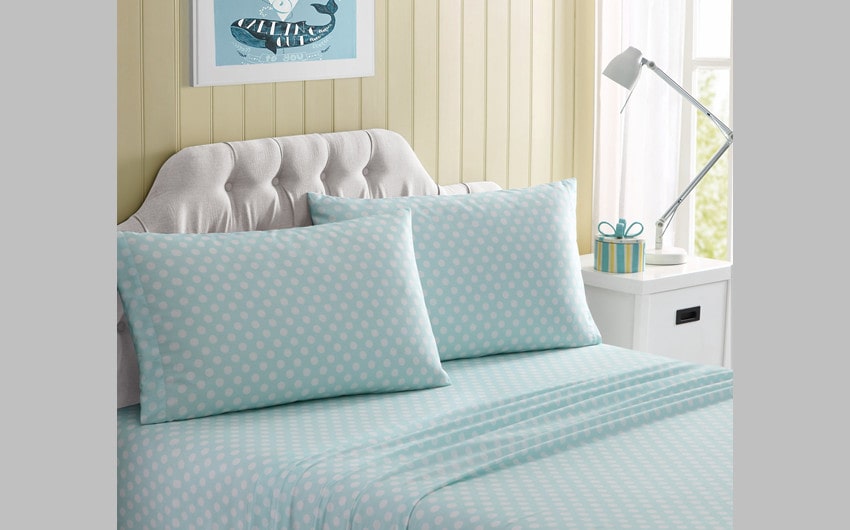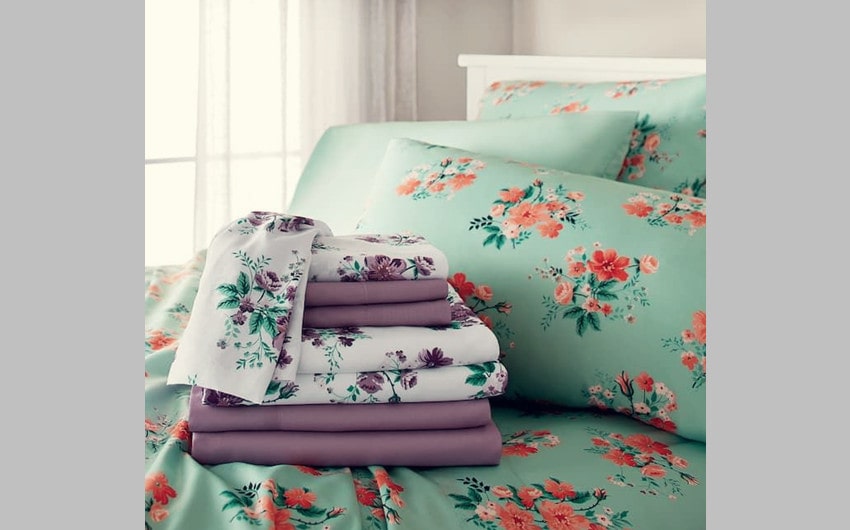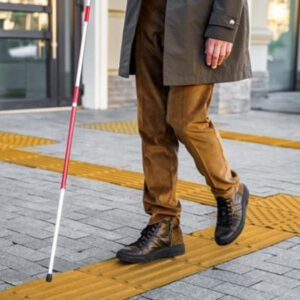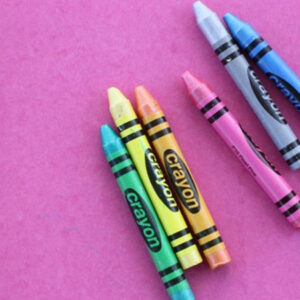
You can’t sleep on a bed without sheets. They protect your mattress and provide a soft surface to support your body when you sleep. But sheets come in many different qualities and varieties. It’s important that you consider your options carefully before picking a type of sheet since it’s what you will be sleeping on every day.
Better sheets equal better sleep and better quality of life. This guide offers a quick analysis of the pros and cons of microfiber sheets vs cotton sheets.
What Are Microfiber Sheets?

Image source: Pinterest
Microfiber is one of the most popular materials used to make bed sheets. It’s also used to make apparel, upholsteries, industrial filters, and cleaning products because of its absorbent properties and water repellency.
As the name suggests, microfiber is composed of extremely small fibers derived from polyesters, polyamides, and polypropylene, or a combination of them all. The size of one denier or decitex of microfiber is less than 2-3 microns, which is half the diameter of the fibers in fine silk. To give you a better idea, that’s 100 times finer than human hair.
Unlike cotton, microfiber is synthetic. The size and combination of synthetic fibers chosen to produce a certain microfiber depend on what the product will be used for. For instance, microfiber designed for cleaning is likely to contain a high percentage of polyester such as nylon, which is known for its absorption capacity.
Microfiber Sheets — Pros and Cons

Image source: Pinterest
Pros
#1. Microfiber sheets are low maintenance. They can be washed with an ordinary detergent and retain their shape and size after drying.
#2. Microfiber threads are weak individually but very durable when woven together. It’s a synthetic material whose fibers are woven together tightly.
#3. The smaller the denier, the higher the quality. Microfiber sheets have a very soft, silky-smooth feel against your skin. It’s designed for comfort.
#4. Microfiber sheets are lightweight and easier to pack.
Cons
#1. Microfiber is highly absorbent, making them more prone to moisture retention and staining.
#2. Microfiber sheets are more likely to develop a static charge.
#3. Microfiber tends to trap more heat.
What Are Cotton Sheets?

Image source: Pinterest
Cotton is one of the most commonly used crops in the world for making fabric. It has a low thread count so it provides a relatively soft and smooth surface that doesn’t hurt the skin. It’s also inexpensive and extremely resistant to abrasion.
Cotton is available in many different grades, with the most premium form of cotton being Egyptian or Supima cotton. Egyptian cotton, in particular, is renowned for being so smooth that you may not be able to distinguish it from microfiber.
Cotton, like microfiber, is also highly durable and absorbent. It accepts many dyes and can be ironed at high temperatures. It’s also comfortable to wear because it absorbs and releases moisture quickly. Most manufacturers add finishings to cotton to improve its resistance to stains, water, and mildew. So whether you want to wear it, use it for furnishing, or for cleaning, there’s a type of cotton perfectly suited to the task.
Cotton Sheets — Pros and Cons

Image source: Pinterest
Pros
#1. Cotton is available in countless varieties, each suited for a specific purpose such as cleaning or clothing.
#2. It is both affordable and luxuriously soft.
#3. It has a breathable and moisture-resistant surface.
#4. Cotton is organic and has a comfortable feel.
#5. The more you wash it, the softer the cotton gets.
Cons
#1. The natural fibers of cotton are not as durable as those of microfiber due to larger threading.
#2. Premium cotton can be very expensive.
#3. Cotton fabrics require more maintenance than microfiber.
#4. Cotton can shrink after the first wash if the water temperature is too high.
How to Choose Between Cotton and Microfiber Sheets

Cotton and Microfiber are both excellent options for bedsheets. It essentially boils down to preference and budget; you can sleep in comfort and style with either.
If you don’t want to spend too much but want a silky-smooth, luxurious feel, microfiber would probably be a better choice. Microfiber bed sheets are available in countless luxe options and cost less than premium cotton varieties. The only downside will be dealing with stains.
And while cotton may not offer the fancy silky smooth finish, it’s no less when it comes to comfort. Average cotton bed sheets cost about the same as microfiber. The cost of the bargain is the loss of fine threads. But cotton bedsheets are easier to clean, resistant to moisture, and give you a soft bouncy surface to rest on. It will also provide better insulation on cold nights. Besides, choosing cotton offers you more variety.
Do Hotels Use Microfiber Or Cotton Sheets?

Luxury 5-star hotels almost always use cotton sheets. But they’re not ordinary cotton, they’re high-quality Egyptian or Pima cotton sheets with at least a 300 thread count.
If you want a hotel-like bed to sleep in every day, you will need to invest in high-quality cotton sheets. Average hotels and rooms or rent will still use cotton, but possible of a lower grade.
Which One Is Better?
It’s hard to say which of the two is better because their quality depends on the thread count, fiber strength, and diameter.
Microfiber sheets with a thinner denier will have a much softer feel than cotton sheets with a relatively thicker denier. Conversely, cotton sheets with a thinner denier will have a better feel than microfiber sheets with a relatively thicker denier.
Generally speaking, cotton tends to have less threading than microfiber because it’s organic. However, it compensates for this with other qualities that merit consideration when choosing between cotton and microfiber.
So, if you want to purchase high-quality bed sheets, check the thread count.
What Is a Good Thread Count for Microfiber and Cotton Sheets?
The best thread count for both cotton and microfiber sheets is anywhere between 200 and 300. Any more and the sheet will start to feel heavier.
Premium bedsheets can go as high as 600 to 800 thread count. They provide a much more luxurious resting surface that will make you feel like you’re sinking into your bed. However, these sheets can be difficult to clean and are quite expensive.








